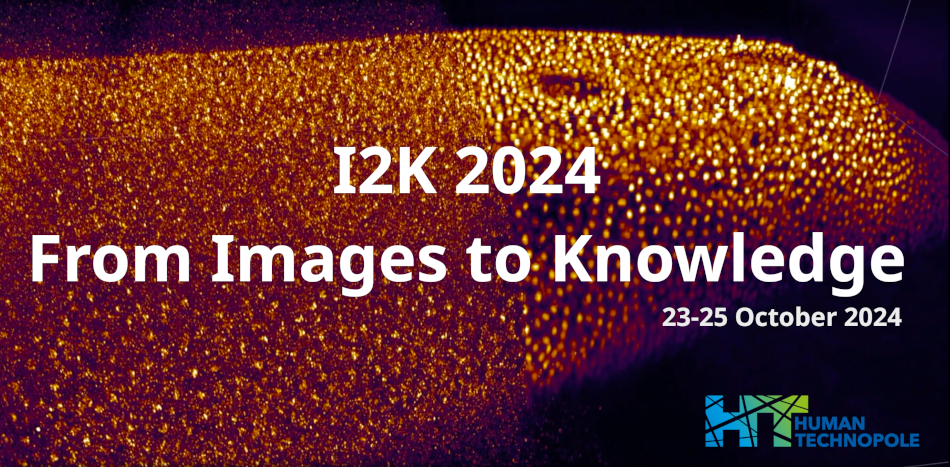Speaker
Description
"Digital pathology and artificial intelligence (AI) applied to histopathological images are gaining interest in immuno-oncology for streamlining diagnostic and prognostic processes. This study aimed to develop a computational pipeline to analyze H&E-stained cancer tissues and identify clinically relevant tumor microenvironment features.
Our pipeline employs machine and deep learning algorithms for cell segmentation, classification, tissue segmentation, and spatial analysis exploiting QuPath and RStudio functions. In particular, we trained a random trees classifier to detect tumor cells across whole slides and assess their spatial clustering using Ripley’s K function, classifying patients as “highly clustered,” “poorly clustered,” or “uniformly distributed”. Another classifier was trained to distinguish lymphocytes from other cells, and we calculated their density within and outside the tumor bed, categorizing samples as “immune desert,” “immune excluded,” or “inflamed.” The combination of these AI-based classifiers showed a significant correlation with prognosis.
AI-powered H&E analysis enabled us to classify samples based on quantitative data, and the integration of tumor and immune predictors yielded clinically relevant results. Once validated, these tools may help identify novel tumor and immune biomarkers."
| Authors | Rebecca Polidori*, Marika Viatore, Alessandra Rigamonti, Marco Erreni, Daoud Rahal, Massimo Locati, Federica Marchesi |
|---|---|
| Keywords | tumor microenvironment, digital pathology, artificial intelligence |

